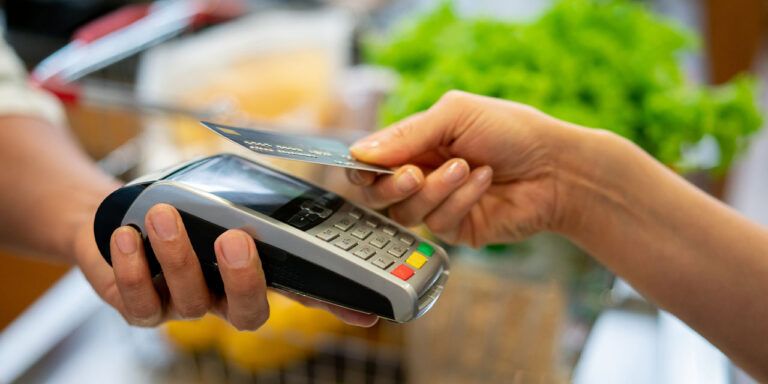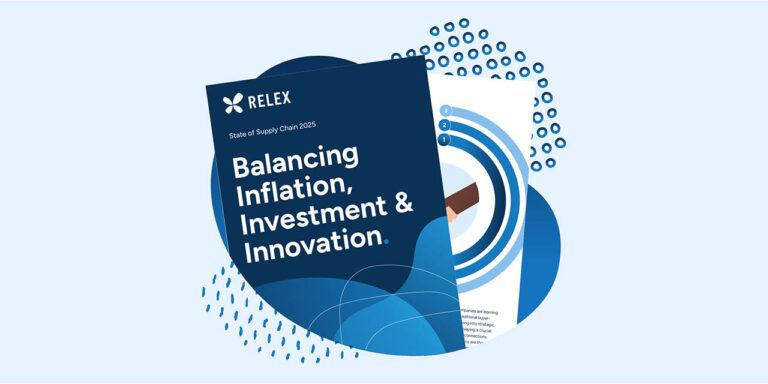4 key trends and technology impacting grocery retail
Jan 26, 2023 • 3 min
This article was originally published in Total Retail
Last year took grocery retailers for a wild ride as the industry worked to please shoppers amid turbulent times. The pandemic refused to go away. Inflation was higher than it has been in 40-plus years. Supply chain snarls continued. So, too, did the labor shortage. All these factors and more took a toll on the food industry.
The following are four trends factoring into the state of grocery retail, including technology that’s helping the industry improve.
Rising Costs Drive Grocers Toward Greater Efficiency and Innovation
Although down from 8.5 percent, the U.S. inflation rate is 6.5 percent, according to the U.S. Labor Department. We haven’t experienced such high inflation since 1981, when it averaged 10.3 percent.
To combat rising prices, consumers are changing their shopping habits. In fact, 82 percent of shoppers surveyed by Morning Consult said they’re trying to save on groceries.
Retailers, also feeling the pinch from inflation, can squeeze operational costs a bit so they can have more leverage and freedom in pricing. Many retailers are utilizing automation and artificial intelligence-driven insights to identify ways to optimize their supply chains and reduce costs.
Grocery Omnichannel is Still in the Express Lane
During the height of the pandemic in 2020, grocers experienced a significant and seemingly overnight shift to online shopping as 20 percent to 30 percent of their business moved to this channel.
More recently, Brick Meets Click/Mercatus Grocery Shopping Survey found total U.S. online grocery sales in September declined 3 percent year-over-year, but third-quarter online grocery sales for 2022 gained nearly 4 percent to $24.1 billion compared to 2021. Despite grocery delivery adoption, many U.S. consumers still prefer to shop in person.
As such, retailers are making every effort to unify their e-commerce and brick-and-mortar businesses to cut costs and avoid things like stockouts and provide a better customer experience.
Employees Are Out of Stock — AI Can Help
One of the biggest reasons for stockouts among retailers is a lack of workforce support. As of Oct. 31, 2022, the U.S. Chamber of Commerce reported there were 3.4 million fewer Americans participating in the labor force compared to February 2020.
Retailers continue having trouble employing enough people for picking in their distribution centers. And during peak seasons, such as the recent fourth quarter holidays, this inevitably will impact the customer experience when they can’t get what they want from grocers.
AI-driven workload forecasting can take external and internal labor drivers into account to predict potential peaks and fluctuations throughout the week, day and year. Furthermore, it can help retailers more accurately plan tasks — whether delivery forecasts to predict shelving work, or sales and footfall numbers for customer service tasks. Retailers can then plan labor shifts that match the anticipated daily workload at each store.
Using AI insights to drill down into goods flow — in stores and in distribution centers — can help minimize the manual labor associated with managing stock. It can also help improve stock deployment, decreasing not only lost sales and stock, but also the jumps and dips of labor availability within the supply network.
Automated Replenishment Should Become a Staple
The efficiency of a retailer’s replenishment operation majorly impacts profitability. The accuracy and effectiveness of store ordering affects sales through shelf availability and impact handling, storage and wastage costs in stores and other parts of the supply chain.
Accurate, item-level control is virtually impossible to achieve with manual store ordering. Even so, nearly half of retailers manage inventory manually, so they don’t know how much stock they have in each of their stores.
However, an automated replenishment system constantly monitors stock, sales and demand. Human errors, such as forgetting to place an order, are eliminated. Plus, a good, reliable replenishment system also factors in demand forecast changes and adjusts replenishment orders accordingly, increasing service levels and sales while improving customer satisfaction.
In sum, with inflation and costs up, the labor force down, and consumers shopping in-store and online, grocers have some tall orders to fill. Fortunately, technology can help with more efficient product replenishment and a more efficient supply chain, both of which lead to more revenue.
Mikko Kärkkäinen is the CEO and co-founder of RELEX Solutions, a provider of unified supply chain and retail planning solutions.



